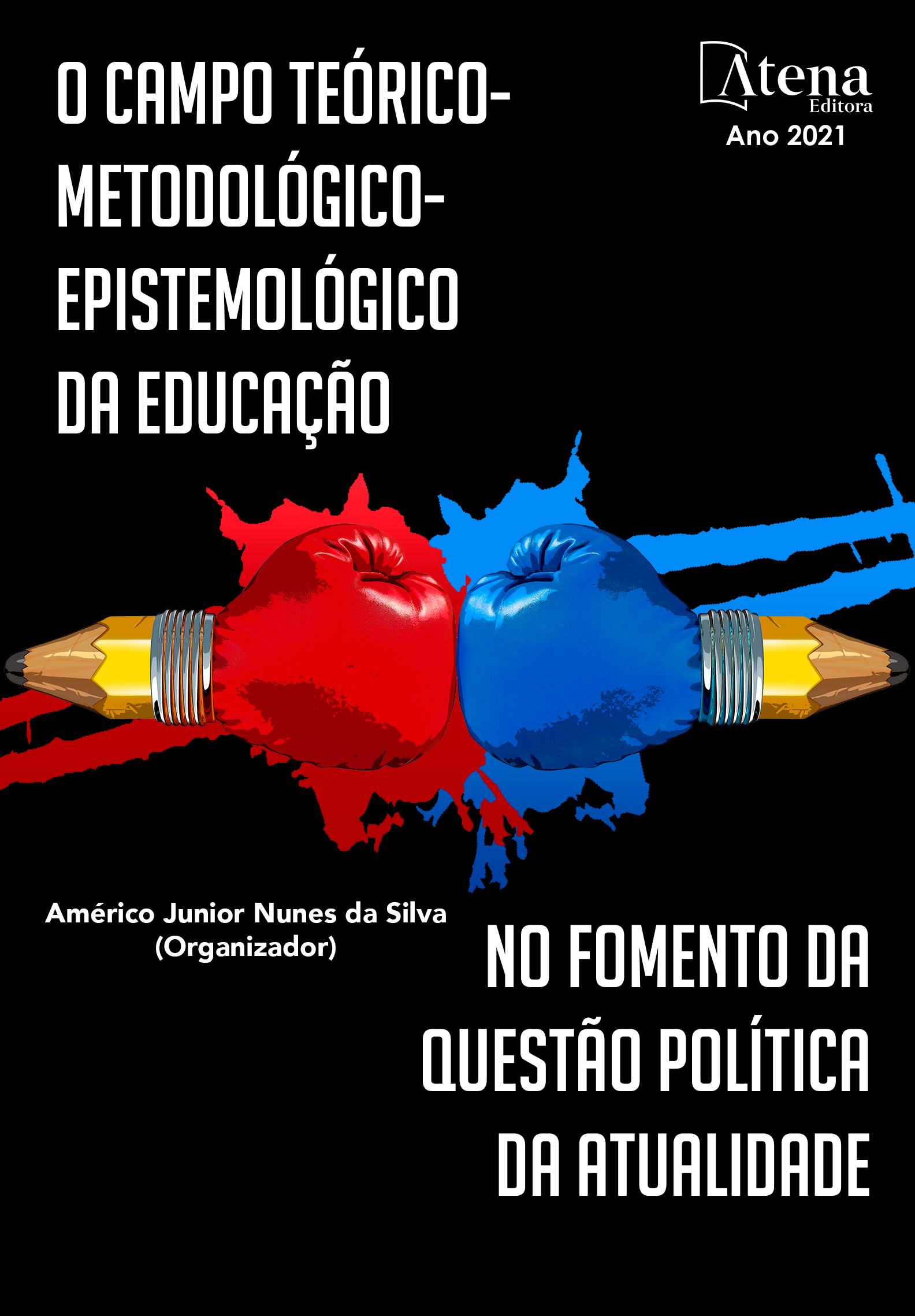
ENSINO DE QUÍMICA PARA SURDOS: ELABORAÇÃO DE UM SINALÁRIO COM TERMOS EM LIBRAS
Esse artigo tem como objetivo, a construção de um sinalário em Libras, com termos de grandezas físicas, como subsídio para o ensino de química aos alunos surdos/deficientes auditivos do 1º ao 2º ano do ensino médio do IFAM CMC - AM. A metodologia foi descritiva com parte mista, a partir da análise feita por um questionário aplicado com intérpretes do campus, observou-se a existência de muitas dificuldades nas aulas de química, como por exemplo, o baixo rendimento nas notas. Detectamos que, as traduções simultâneas de alguns termos científicos, não possuem o vocabulário visual, isto é, o sinal correspondente, logo, dificulta a aprendizagem do aluno. Dessa forma, ao analisar os resultados, apesar do suporte de profissionais tradutores/interpretes capacitados, para a inclusão dos alunos surdos, há uma dificuldade interna entre todos os envolvidos, no âmbito do ensino/aprendizagem, pois a maioria dos professores, não possuem conhecimento na Libras, e por sua vez, os intérpretes necessitam do conhecimento específico da disciplina requisitada, resultando no baixo desempenho acadêmico do aluno. Portanto, espera-se que essa metodologia auxilie os professores e intérpretes de libras em sua prática pedagógica, assim, como osalunos, estimulando-os no processo de aprendizagem e alçando bons rendimentos.
ENSINO DE QUÍMICA PARA SURDOS: ELABORAÇÃO DE UM SINALÁRIO COM TERMOS EM LIBRAS
-
DOI: 10.22533/at.ed.32521250314
-
Palavras-chave: Auxílio; Aprendizagem; Sinalário; Grandezas Físicas
-
Keywords: Aid; Learning; Signal; Physical Quantities
-
Abstract:
This article aims to build a signalin Libras, with terms of physical magnitudes, as a subsidy for teaching chemistry to deaf / hearing impaired students from the 1st to the 2nd year of high school at IFAM CMC - AM. The methodology was descriptive with mixed part, from the analysis made by a questionnaire applied with interpreters of the campus, it was observed the existence of many difficulties in the chemistry classes, as for example, the low performance in the grades. We found that simultaneous translations of some scientific terms do not have the visual vocabulary, that is, the corresponding sign, therefore, hindering the student's learning. Thus, when analyzing the results, despite the support of trained translators / interpreters, for the inclusion of deaf students, there is an internal difficulty among all those involved, in the scope of teaching / learning, since most teachers do not have knowledge in Libras, and in turn, interpreters need specific knowledge of the required discipline, resulting in the student's low academic performance. Therefore, it is expected that this methodology will assist teachers and interpreters of pounds in their pedagogical practice, as well as students, stimulating them in the learning process and raising good performance.
-
Número de páginas: 12
- Karolyn Rabech Silva Simão
- Lorena Melo da Silva
- Alice Menezes Pessoa


